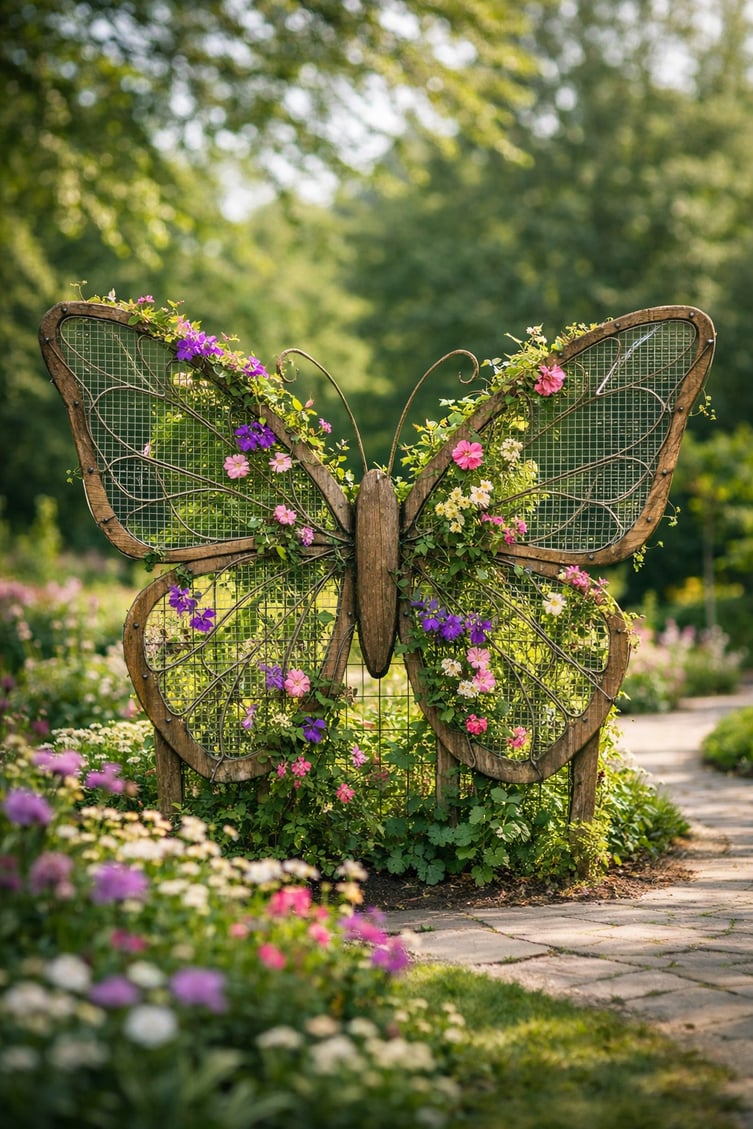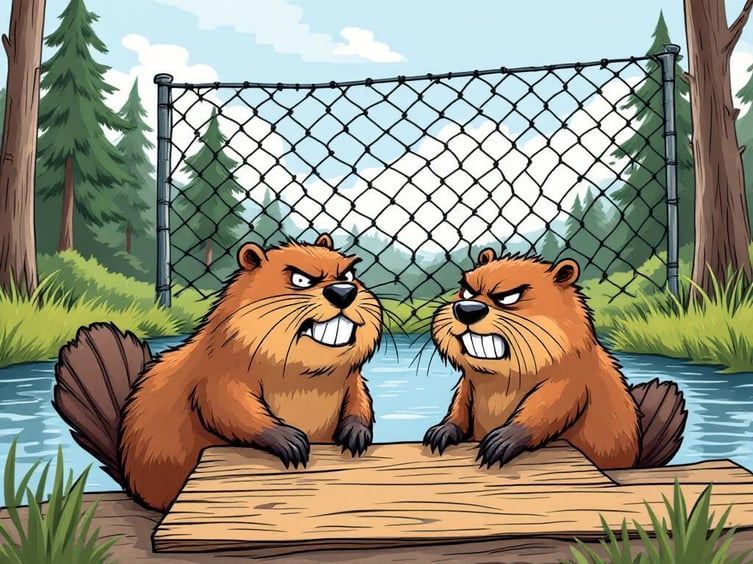✨ A Fence That Took Flight
Last weekend, I was strolling through Tower Hill Gardens, soaking in the beauty of the flowers and chatting with fellow garden lovers, when I met someone who had an incredible story to share.
They told me about a project they had dreamed up—a trellis shaped like a butterfly, crafted entirely from wire mesh and reclaimed wood. They whipped out their phone to share pictures. With painstaking attention to detail, they used the wire mesh to create the intricate patterns of the wings. And as the vines and flowers grew, the structure seemed to come alive, fluttering with the breeze and bursting with vibrant color.
It was stunning—a perfect reminder of how even the simplest materials can transform into something magical when creativity takes over.
The Magic of Wire Mesh
Here at Louis E. Page, we love hearing stories like these. It’s a testament to the versatility of wire mesh fencing and the boundless imagination of our customers.
Bring Your Vision to Life
Have a unique idea in mind? Whether it’s practical, whimsical, or a little bit of both, give Terry, our fencing expert, a call at 978-486-3116. She’ll help you find the perfect materials for your project—and who knows, your idea might be the next story I share!
Here’s to building beauty and creativity, one project at a time.










